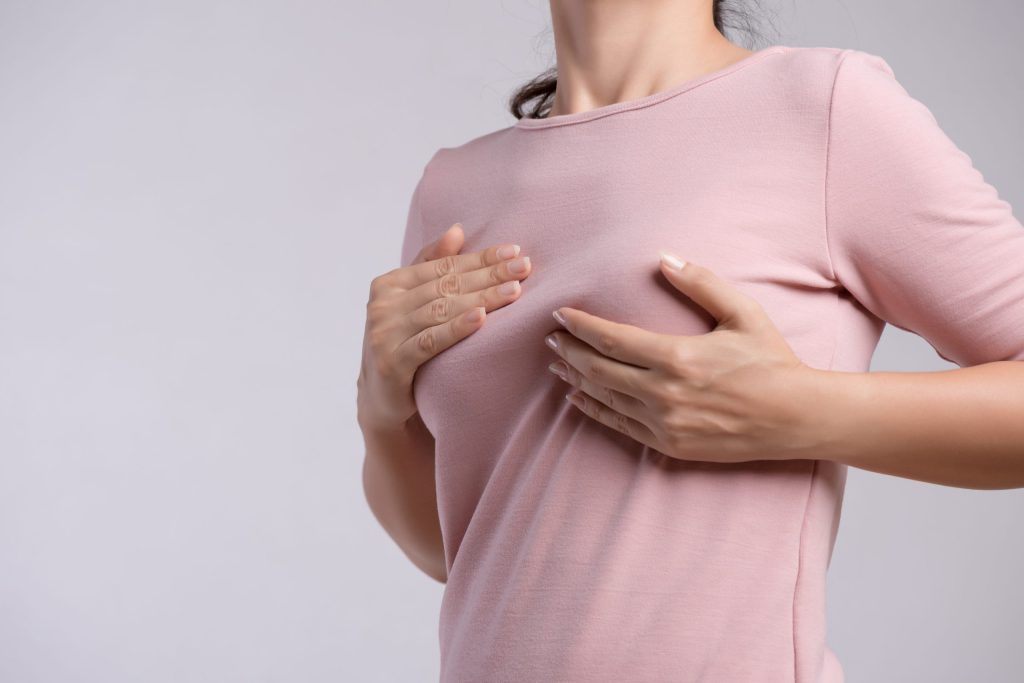We know that talking about breast cancer screening isn’t easy, but let’s focus on the empowering aspect: Early detection can be a lifesaver. With early detection, you have a wider choice of treatment options, and your chances for a successful outcome significantly improve.
Breast cancer screenings at an accredited breast care facility, along with breast self-exams, give you the tools to take charge of your health. In honor of Breast Cancer Awareness Month, this blog post aims to put your concerns to rest by answering some of the questions you may have about breast cancer screening.
1. What Is Breast Cancer Screening, and Why Is It Important?
Clinical breast cancer screening checks for signs of cancer before symptoms manifest. Mammograms are the frontline screening test and can detect cancer at an early stage when treatments are most effective. Magnetic resonance imaging (MRI) may be used to screen women who are at high risk.
2. When Should I Have My First Mammogram?
Most women should begin annual mammograms around the age of 40. However, this can vary based on individual risk factors, so consult your health care provider for personalized guidance.
3. What’s the Difference Between a Regular Mammogram and a 3D Mammogram?
While both are effective breast cancer screening options, 3D mammograms provide a more detailed view and are better at detecting cancer in denser breast tissue.
4. What Should I Expect During a Mammogram?
During a mammogram, you’ll be asked to undress from the waist up and wear a provided gown. Your breast will be placed between two plates on the imaging machine, which will compress the tissue to create a clear image. Multiple images are usually taken from different angles. While the procedure only takes a few minutes, you may experience some discomfort or pressure when the breast tissue is compressed.
5. What’s the Role of Ultrasound in Breast Cancer Screening?
Ultrasound is often used to investigate suspicious areas found during a mammogram and can be particularly useful for evaluating dense breast tissue. It can be an invaluable tool for a more comprehensive evaluation when needed.
6. How Reliable are Breast Self-Exams?
About 40% of breast cancers are detected through self-exams. Becoming familiar with your breasts helps you notice any changes in tissue, skin texture, or the presence of lumps. If you notice changes, consult your healthcare provider as soon as possible for a professional evaluation, which could include further tests like a mammogram or ultrasound to assess the situation accurately.
7. If I Have a Lump in My Breast, Does It Mean I Have Cancer?
The majority of breast lumps are benign (noncancerous). However, it’s essential to have any breast changes evaluated by a health care provider for an accurate diagnosis. This often involves testing such as a mammogram, ultrasound, or biopsy.
Take Charge of Your Health: Schedule Your Screening Today
In the fight against breast cancer, knowledge is power, and early detection is pivotal. Make this Breast Cancer Awareness Month the time you take action. Bedford Breast Center is here to support you every step of the way.
To schedule your screening, please call our office at (310) 278-8590 or request an appointment.


Leave a Reply